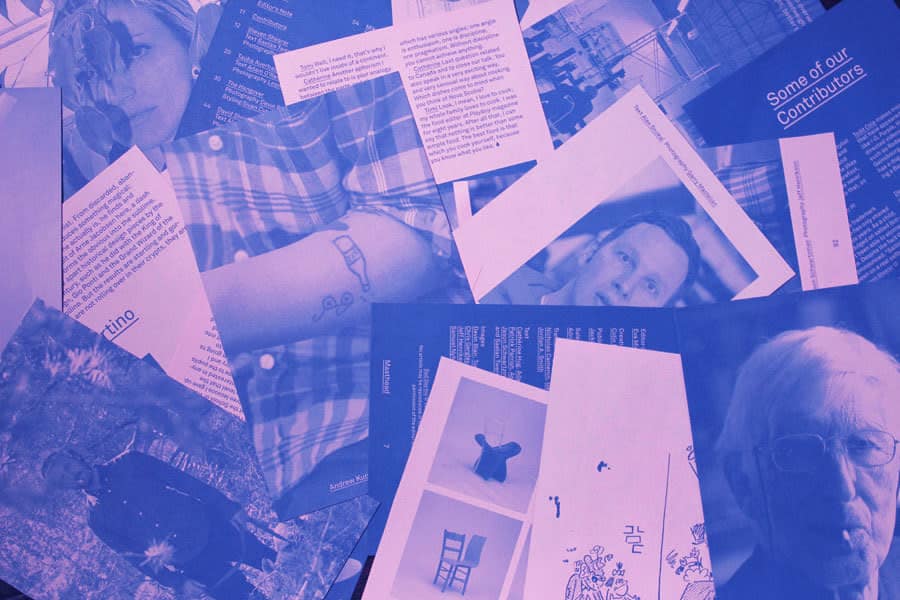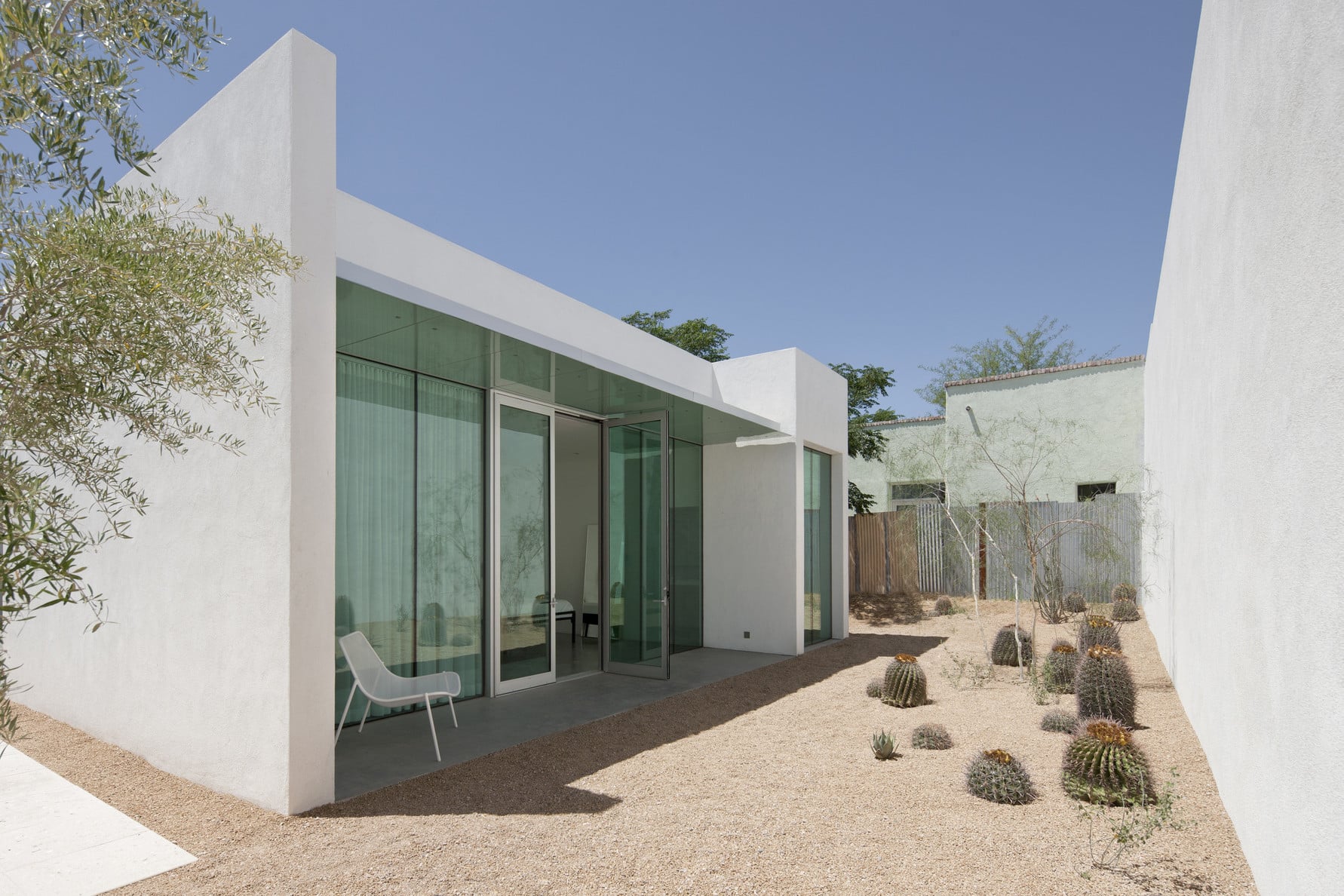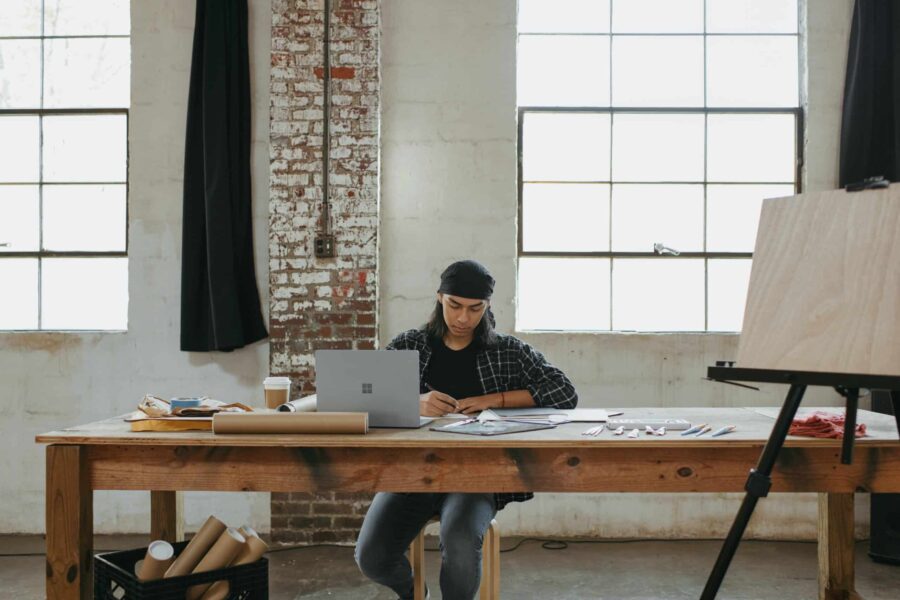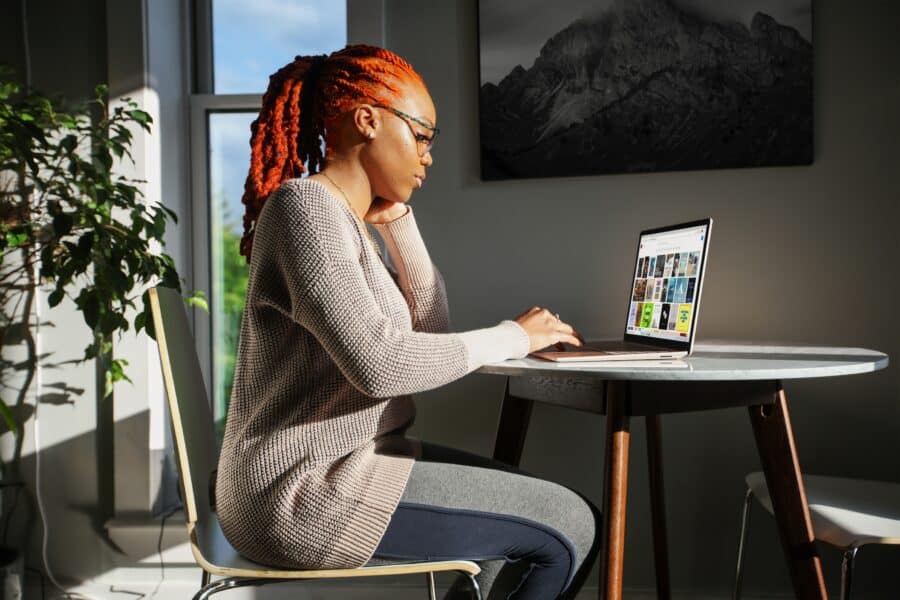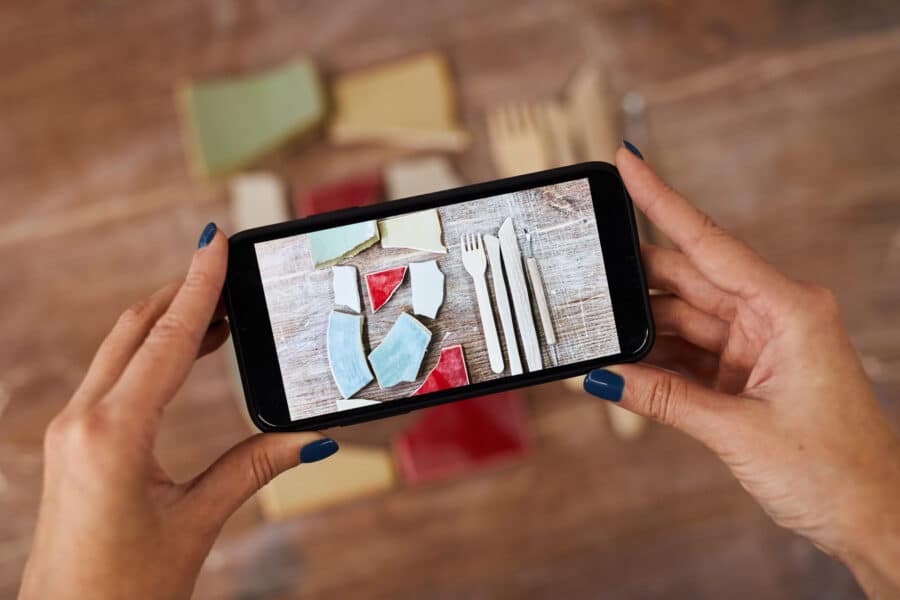As the co-founder and publisher of the wildly successful Bad Day Magazine, Jackie Linton (along with editor Eva Michon and art director Colin Bergh) has officially released twenty print issues. Not only is this a huge accomplishment for any independent cultural publication, but the trio manages to get the job done without funding from investors. They also hold down day jobs and work together despite being in different cities.
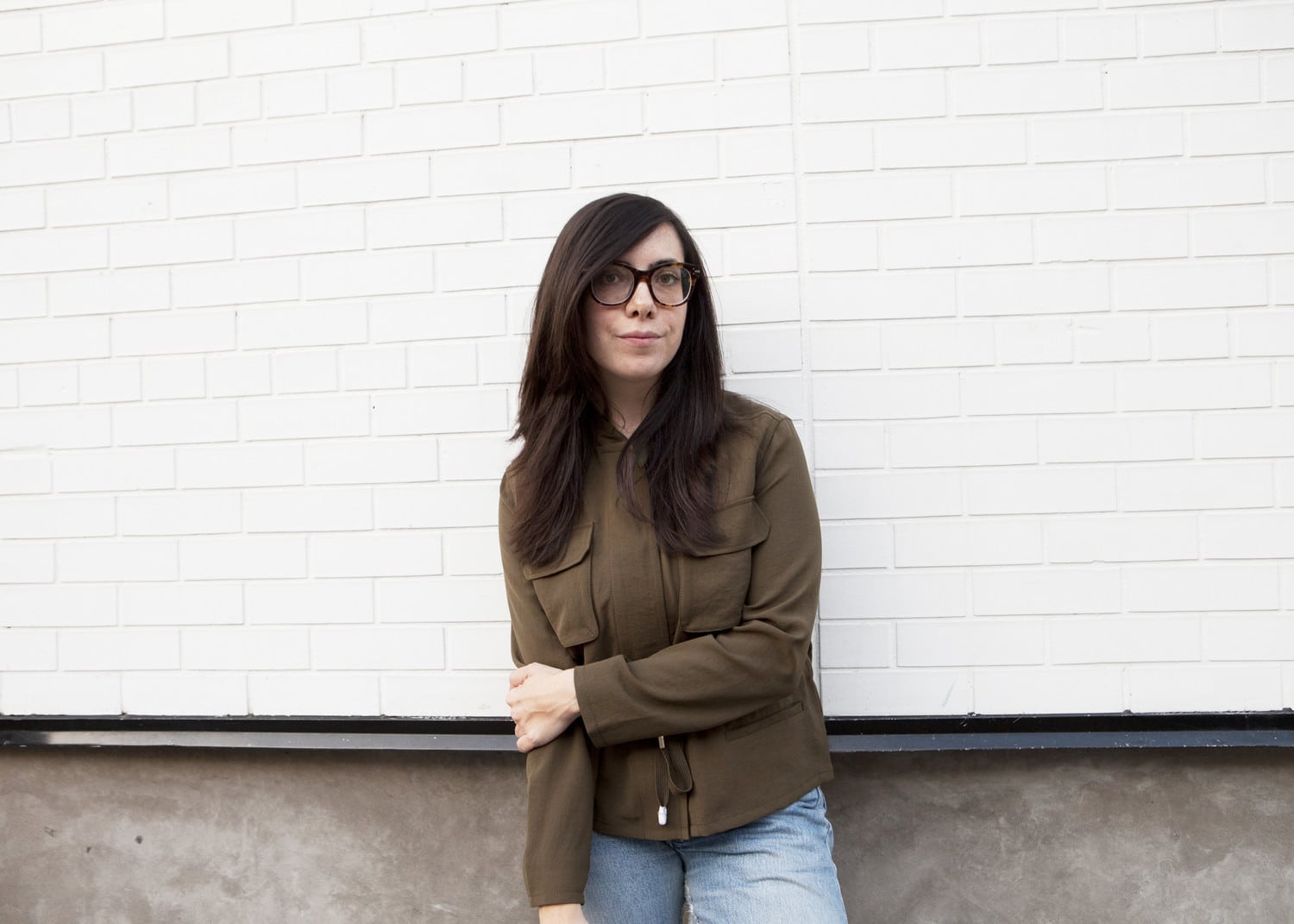
Starting off as a zine that was printed and stapled at an artist-run space in downtown Toronto, the biannual Bad Day is now stocked in major cities around the globe and they recently opened another office in New York. While most magazines are getting bigger, fatter and glossier, with less text and more images, Bad Day is known for its lo-fi aesthetic, signature two-tone printing and focus on longer, more candid and conversational-style interviews.
Thanks to Bad Day’s ruthless determination, team spirit and love of lists, they have secured interviews with some of the hottest counterculture minds, including Joanna Newsom, Harmony Korine, Sofia Coppola and Jason Schwartzman—all without the help of sponsors or advertisers.
We caught up with Jackie Linton to give us some insight on how she, and the team, manage to come up with a regular publication that is exciting, sustainable and highly anticipated, year after year.
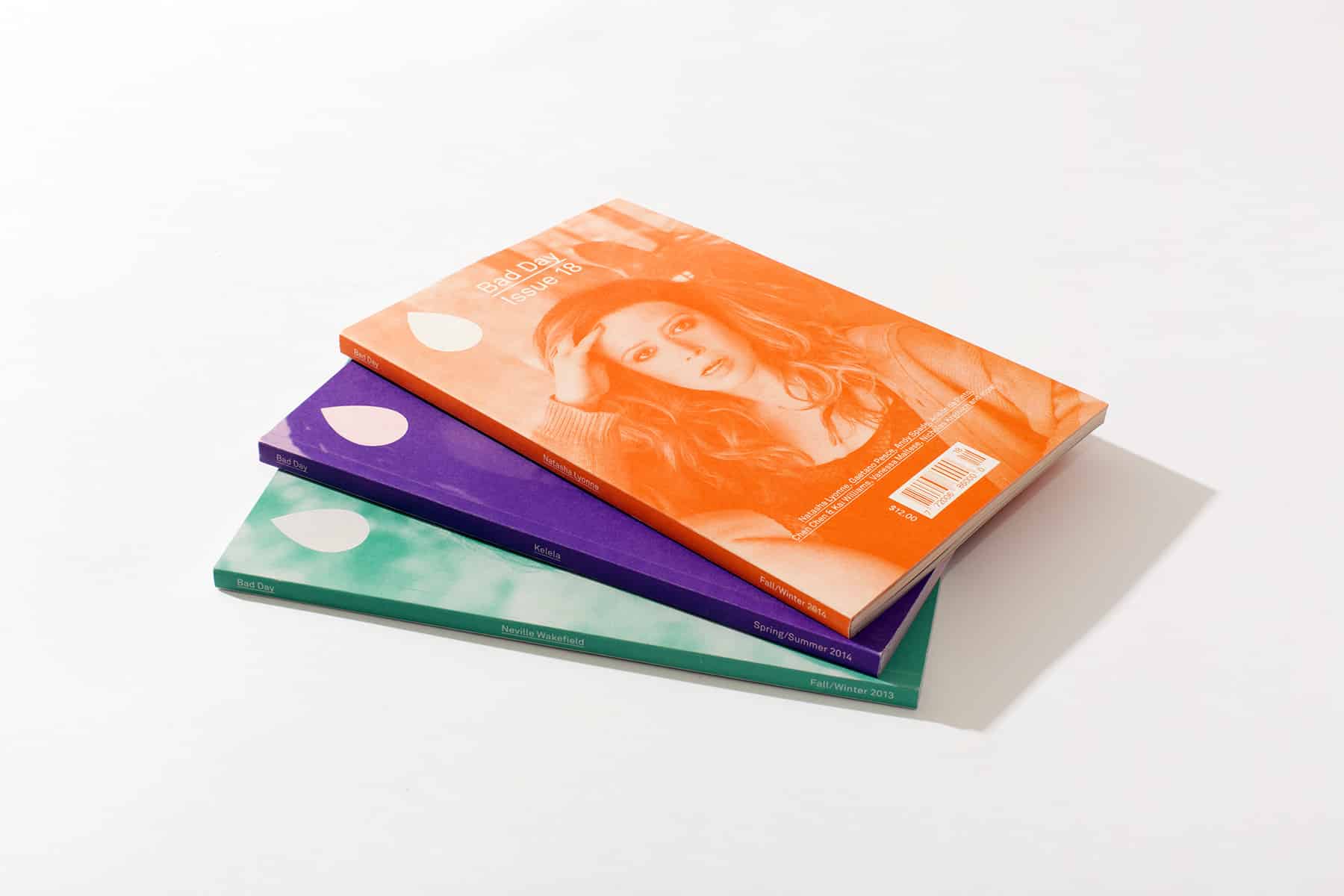
I’m drawn to anyone that can make a living doing something meaningful and ‘creative’, whether it is for a commercial purpose, or purely for art’s sake, whatever that means.
Format: How do you balance your day job as a copywriter in San Francisco with your role as a publisher at Bad Day? What we’re really asking is, how do you have time to do so many things—and do them so well?
Jackie Linton: Admittedly, it is not always easy to manage. And with a day job, I have to balance priorities. I have to balance the goals that I want to achieve in my career with the goals that I have for Bad Day, and how I would like the magazine to grow or succeed.
There is always a ton of stuff I am behind on—emails and things that I need to do. When your passion project is not your vocation, there is always going to be that tension. We’re lucky that Bad Day has grown up enough already. I feel like I am talking about a child, but the magazine has been built-up enough that as a business I don’t have to churn and hustle it as much as I used to when we first started.
We work with commercial vendors. People recognize us and tend to respond to my emails more often. After you hit the five-year mark with a print project, things are supposed to get easier, and they kind of do. So from there, you just have to make the time. And you have to really care. Keep detailed lists. It’s amazing what you can do in your spare time.
What does it mean to be a publisher of an independent magazine?
For me, a publisher is very involved in every aspect of a print project—from its production, circulation in stores, advertising pages and marketing efforts, as well as its editorial and creative concerns. But ultimately, to be a publisher means that you’re focused on bringing money and awareness to your magazine. I think that role for me has stayed the same over the years.
How do you start an issue and decide on who to feature?
We will each have lists of ideas that we would like to see in the next issue. And we sort of debate it out, to be honest. We want to make sure we’re reflecting a well-assorted list of creatives from different backgrounds. And we end up with a shortlist of features that would best reflect a great issue of Bad Day for us.
You have a sizeable list of contributors and collaborators. Do you go looking for writers and photographers, or do you get bombarded with offers from people? How do you choose who to work with?
We go looking for contributors ourselves, because Bad Day serves as an opportunity for us to work with creative people we really admire. But we get pitches and portfolios from new people often, and we take those seriously, and sometimes we pursue them! So if you want to be published in Bad Day, just email us.
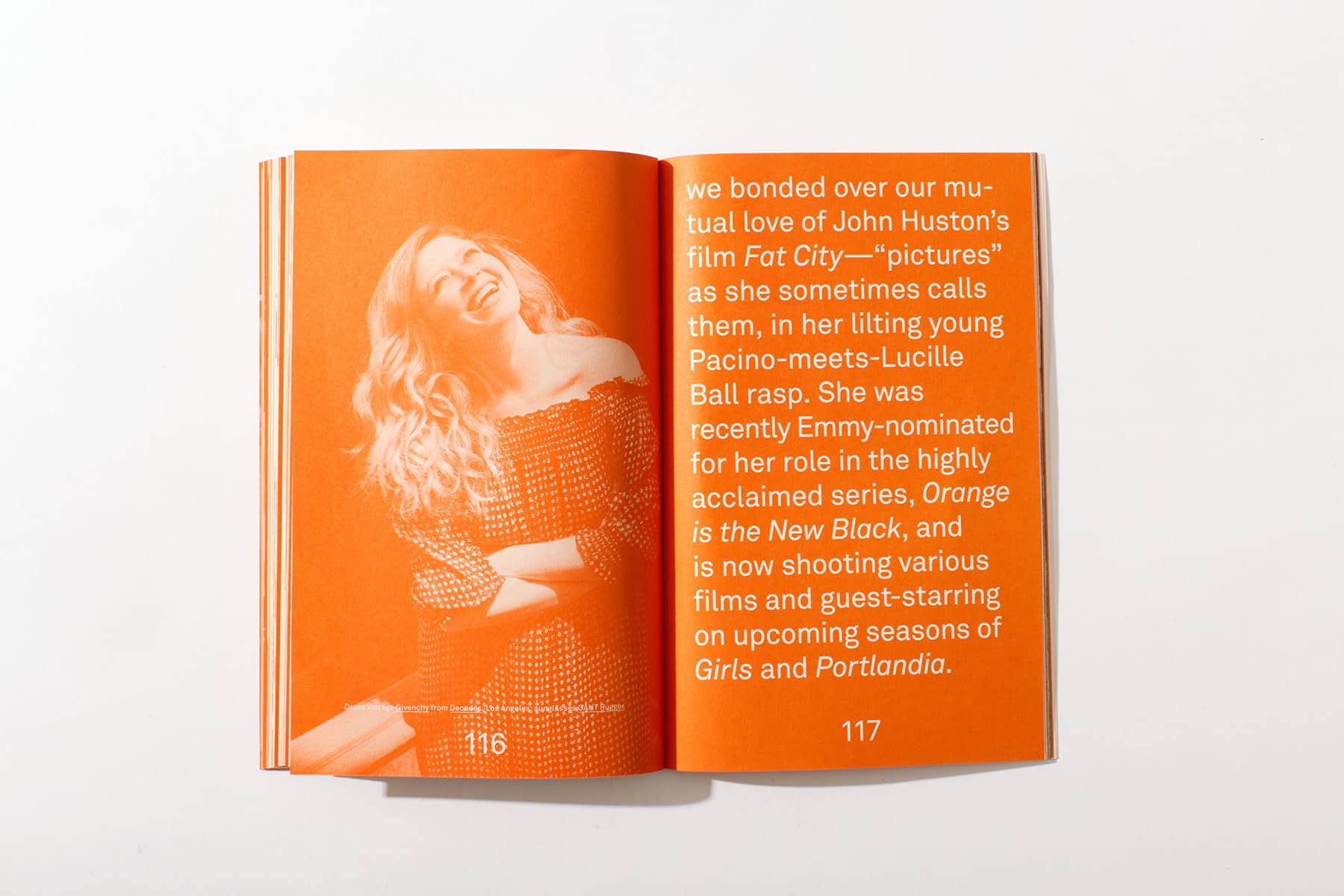
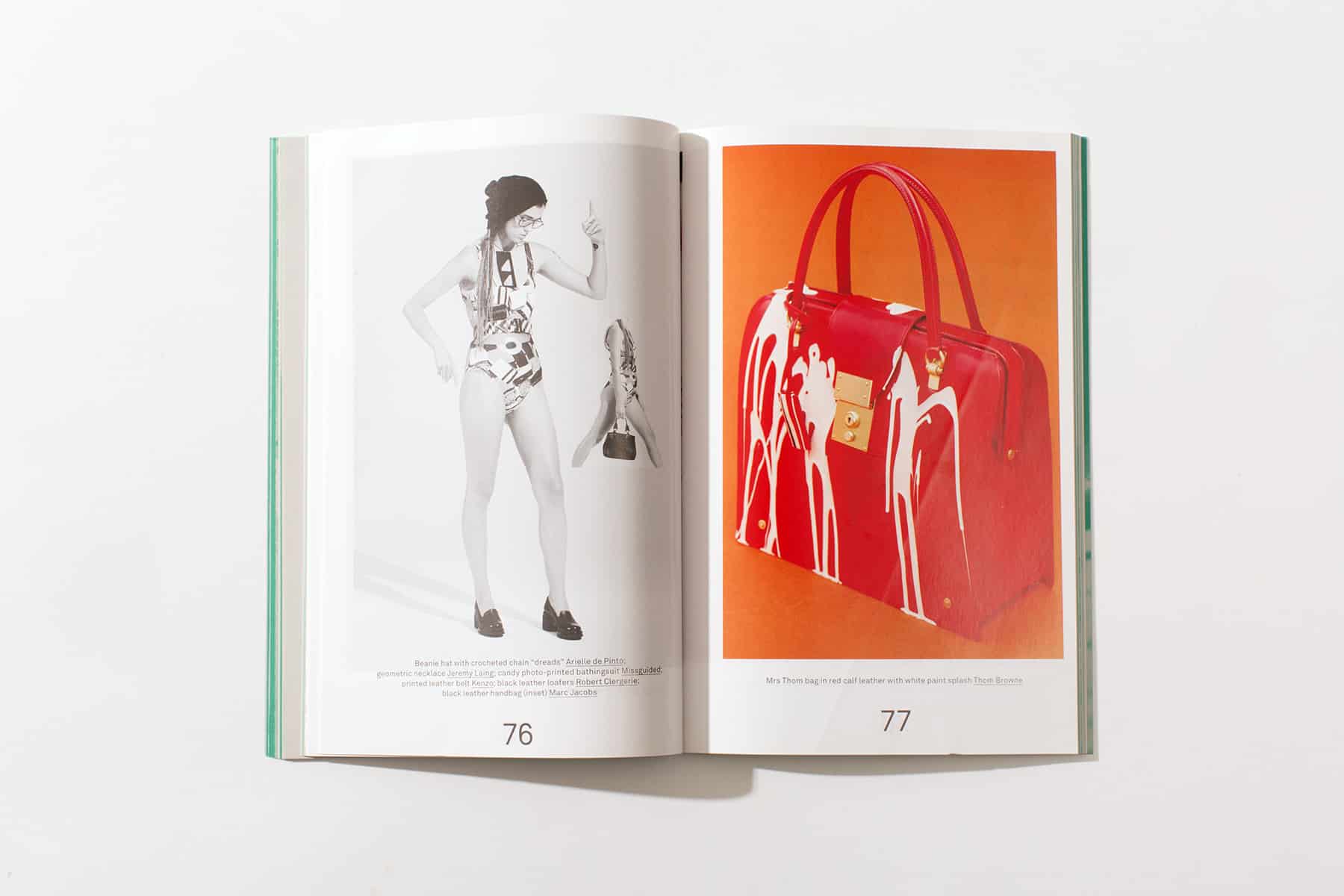
The three of you are in different locations. How do you make that work?
We’ve been living in different cities for nearly five years, so we are used to working in a dislocated way. A lot of a magazine work can be done primarily over email and the phone. We rely on Google: shared docs, email and Hangouts.
Would the magazine continue if the team disbanded?
At the moment, yes. Bad Day is intrinsically a reflection of Colin, Eva and myself, and how we have managed to make things work. We started the magazine as good friends, who had known each other for a long time, and we all had similar shared interests. Those interests became encapsulated in Bad Day. I think the magazine could certainly continue, and I think it has the life and potential to go on without the three of us working on it together, but I think it would be a sea change, it would mark a new era for Bad Day. The magazine would definitely be different.
How do you feel Bad Day has changed over 20 issues?
We have kept a somewhat rigid consistency in the look and feel of the magazine over the years, but one change would be the increased role that fashion editorials have played in Bad Day. It was something we started initially as a fun visual addition to our issues, and they have since become really central to the project. Part of that has come from Avena Gallagher, our Fashion Director, who brings an incredible aesthetic to the magazine.
What are the challenges that come with the magazine and business expanding?
There are certain decisions we make that work best for us, but then we have to justify them from a business perspective. For instance, an advertiser might want to know what our Snapchat following is—and we don’t have Snapchat. What can we offer in lieu of that to demonstrate quality and ability to reach people in a meaningful way, despite our decision to avoid Snapchat?
We’ve also noticed that the support for independent publishing keeps expanding—it seems there are half a dozen new art book fairs that have popped up recently. Which is so positive for the community. But it is hard to keep up!
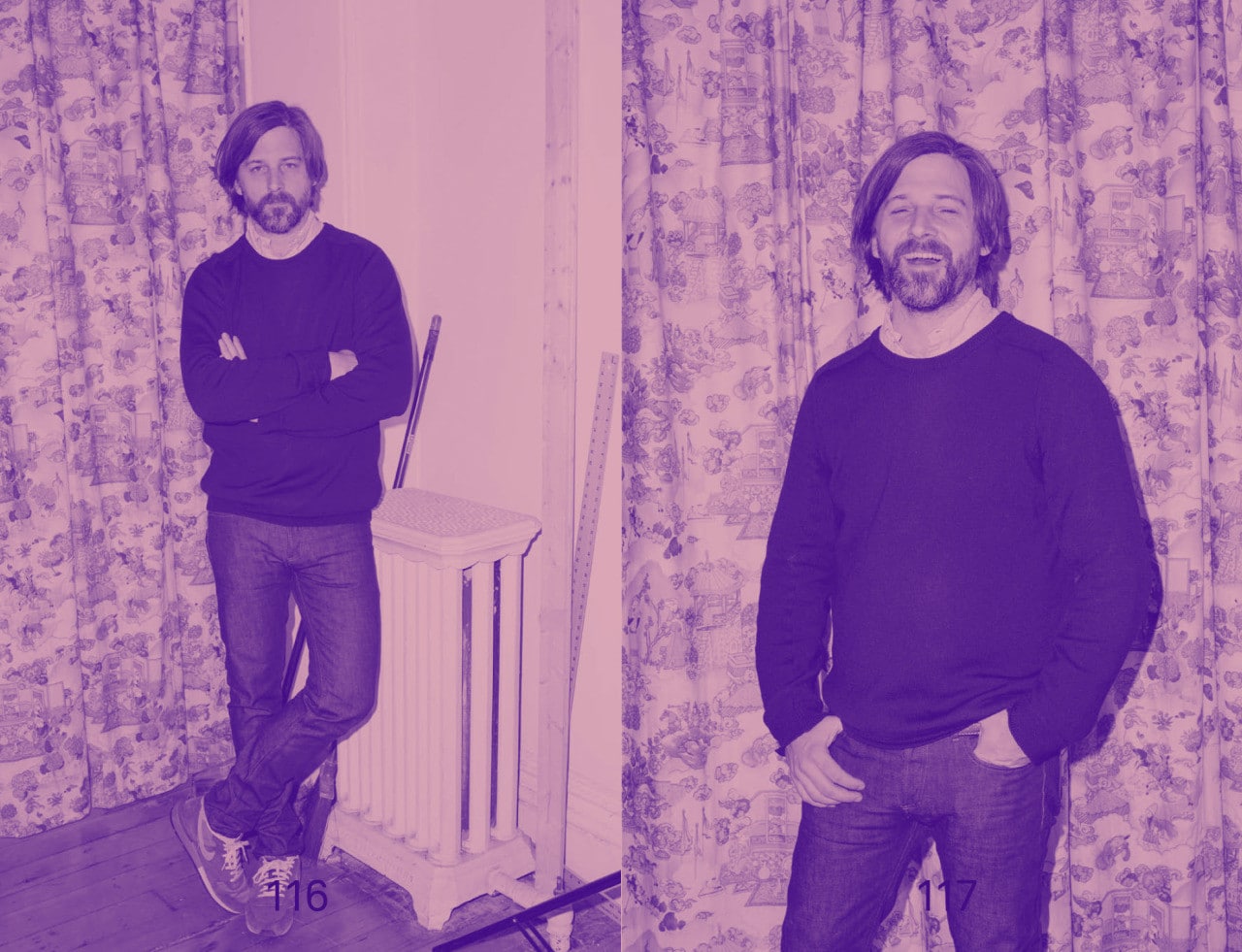
Roe Ethridge photographed by Jeremy Liebman for Bad Day
I’ve seen people pick up the magazine, and hold it in their hands, and say, ‘Wow! I’m obsessed with this!’
Your mission statement says that you want to feature people of all creative disciplines, from perfume designers to sculpture artists, and are looking to break down the boundaries or hierarchies that exist between creative professions. Is this still the mission at Bad Day, or has your editorial philosophy evolved over time?
That’s still something that still interests us. Personally, I’m drawn to anyone that can make a living doing something meaningful and “creative,” whether it is for a commercial purpose, or purely for art’s sake, whatever that means.
What part does your website play in the print magazine?
Very little. As little as possible. We essentially wanted to make it a calling card for each new issue—a place where you can find out about the magazine, and maybe even buy a copy. Our content is still very much restricted to the print magazine, because that’s where we want to put our time and energy.
What are the main challenges of making a print publication vs digital? What are the benefits of working in print?
The main challenges of making a quality print publication and a quality digital product are probably much the same. There are a lot of costs and production efforts required to make it worthwhile, and then you have to appeal to people to care. The problem with print is that I can only get so many people to care about our print issues, due to its physicality. There are only so many copies available.
However, with print, it’s not as easy to be taken for granted. It’s not as easy for people to get fatigue—we’ve been around since 2009, and there aren’t many websites I can say that are still interesting to me after seven years running. People will put our magazines on display in their homes. People often describe Bad Day as “intimate.” I’ve seen people pick up the magazine, and hold it in their hands, and say, “Wow! I’m obsessed with this!” and it’s harder to make those kind of appeals with digital.
Would you ever make the publication more frequent?
No. We initially began Bad Day as a quarterly magazine, but the production cycle was too much for us. I think a biannual cycle for magazines is much nicer anyway—just enough time passes for people to anticipate the next issue.
Any advice for anyone wanting to start their own magazine or for those who are having problems continuing their creative project?
I would avoid heavy, glossy paper. It costs way more money to print and to ship. If you are starting out, or having problems, I would try to reach out to people in the community, and start to formulate a plan on how you can cleverly make your way. It will likely come out from a combination of other people’s suggestions, and your own creative pivoting that will work best for your project. The key is to have both those things, in equal amounts.
Get your own copy of Bad Day Magazine here and visit Jackie Linton’s portfolio at jackelinton.com.
Image via The Gorgeous Daily/Profile image via Working Not Working
